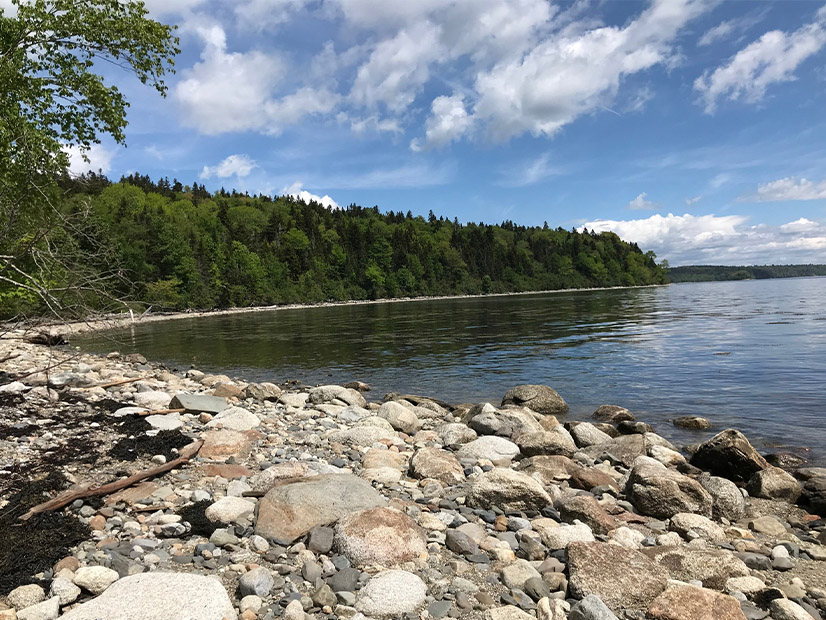
Maine Gov. Janet Mills last week released the first of a two-part seaport study and directed her administration to assess the state’s port infrastructure and the investments needed in them to enable offshore wind activity.
The new Offshore Wind Port Infrastructure Feasibility Study released Nov. 23 evaluated the ability of the Port of Searsport to support a potential floating OSW industry.
“The goal was to develop a viable offshore wind port concept that could proceed to the permitting and design phase,” said Matt Burns, director of ports and marine transportation at the Maine Department of Transportation (DOT).
For the study, the DOT evaluated four sites at the Port of Searsport and determined that two — Sears Island and Mack Point — were “clear leaders,” Burns told the Maine Offshore Wind Roadmap’s ports working group during its latest meeting Nov. 19.
A 330-acre, undeveloped transportation and marine development parcel at Sears Island owned by the DOT is the “preferred site,” he said. It has 9,000 linear feet of available water frontage and site access for vessels via Penobscot Bay, according to the study.
Development for the parcel would include construction of a marshalling and fabrication facility with a heavy-lift bulkhead and about 30 acres for a component laydown and staging area. Mack Point, which is across Penobscot Bay on the mainland, also could be available for an additional support facility, Burns said.
The study estimated that a two-phase, six-year development plan for Sears Island would cost $284 million.
“Cost is going to be a huge issue,” Burns said. “These facilities are not cheap, and we would certainly be pursuing federal funding to help assist us with constructing something of this scale.”
A second port study, which is underway now, will examine other sites that can provide a supporting role to a central port hub, such as Searsport, according to Burns.
The DOT is looking at the ports of Portland and Eastport as part of the second study.
“Once we actually have an array that’s being installed or is in play in the Gulf of Maine, we’re going to need a place for” manufacturing and operations and maintenance facilities, Burns said. “We really see this as a statewide effort.”
The study recommends that Sears Island site be evaluated for potential phased development through an environmental assessment, geotechnical study and preliminary design work.
“We look forward to realizing the economic benefits of putting more port into Searsport, while we preserve the ecological and recreational aspects of what makes us special,” Searsport Town Manager James Gillway said in a statement.
Part of Sears Island is protected under a conservation easement, and much of that property is used for recreation and nature conservancy, according to Burns.
“We thought it was appropriate for this study to also explore how a development on the transportation parcel could complement some improvements for education and maintenance on the conservation side of the island,” he said.
The study acknowledged that there will be “many differing viewpoints” on amendments to the conserved property, and it called for discussion between the DOT and concerned parties in developing a final plan.

